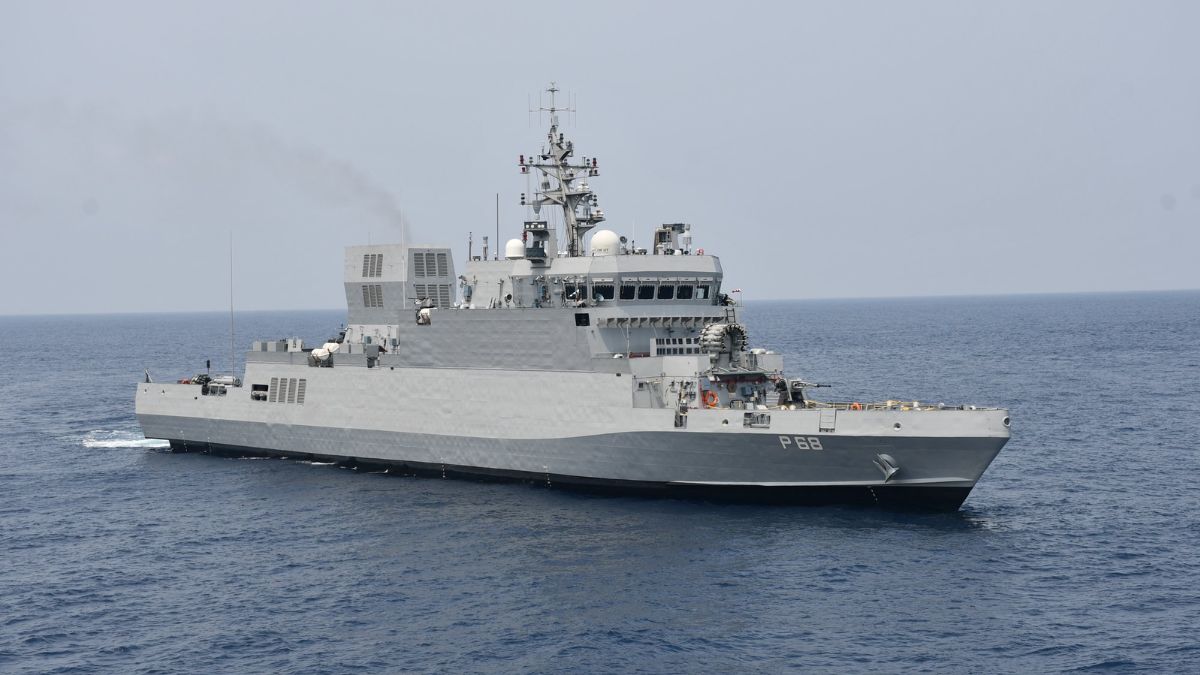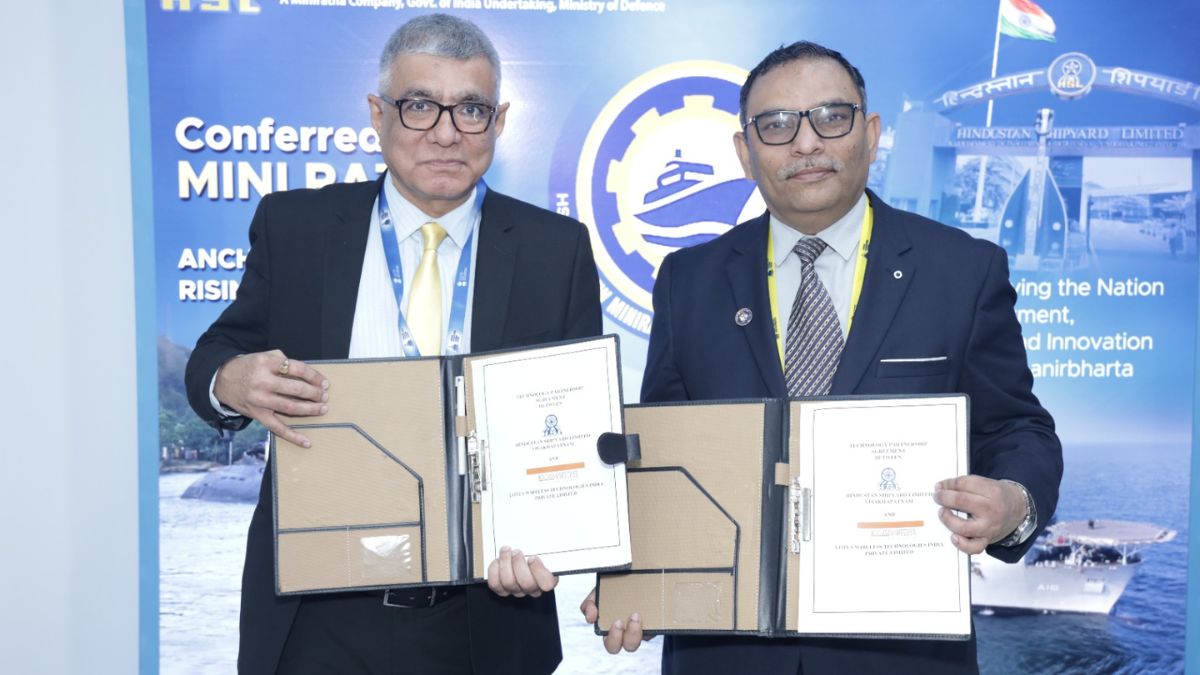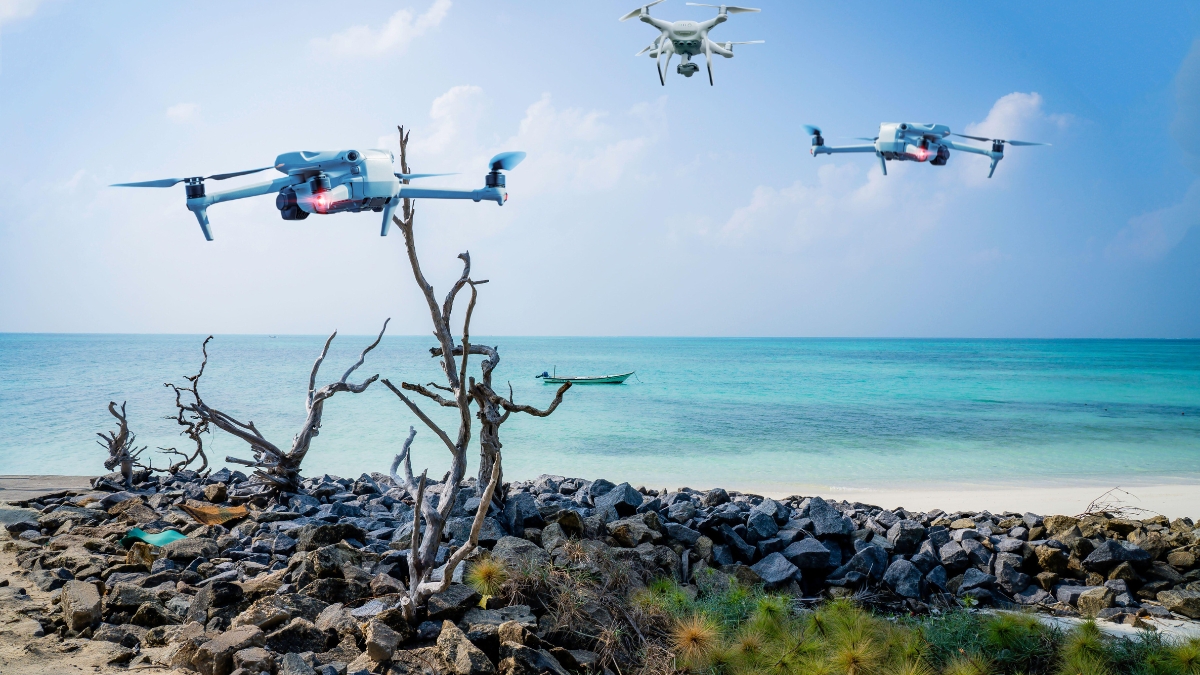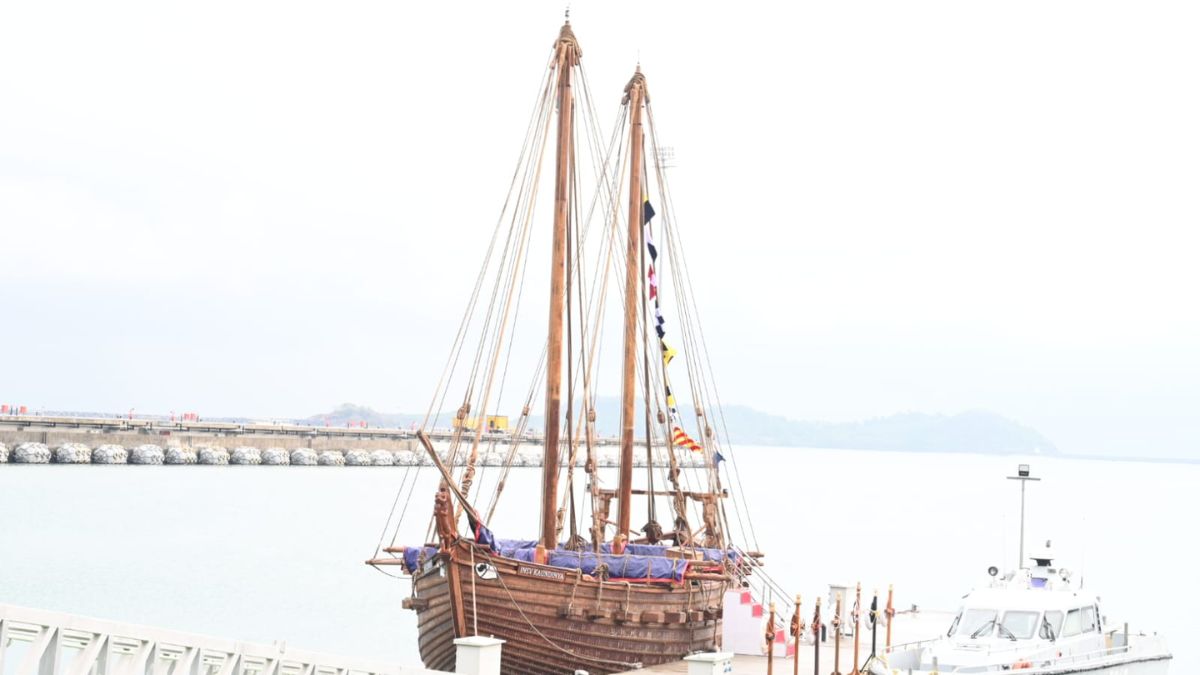As China Expands Ambitions In IOR, Indian Navy Bolsters Anti-submarine Warfare Fleet

The addition of indigenously-built anti-submarine warfare (ASW) shallow water craft (SWC) such as INS Arnala are a key addition to Indian Navy's ASW fleet. Image courtesy: X.com/@PRO_Vizag
China’s growing naval presence in the Indian Ocean Region has compelled India to expand and modernise its anti-submarine warfare capabilities.
The Chinese Navy is increasing submarine deployments and aims to permanently station a carrier group in the region by 2027, creating a strategic challenge for India in its maritime backyard.
As Chinese underwater activity intensifies near vital sea lanes, India is adopting a layered strategy to detect and counter potential threats.
The Indian Navy is inducting new vessels, submarines and aircraft while upgrading older platforms with advanced weapons and sensors. This approach is intended to enhance coastal defence, secure sea lines of communication and protect India’s ballistic missile submarines that form a critical part of the country’s nuclear deterrence.
What’s is in Indian Navy’s surface fleet for Anti-submarine warfare?
The surface fleet now includes four Kamorta-class corvettes and the first of sixteen Arnala-class ASW shallow water craft. The lead vessel, INS Arnala, was delivered on May 8 and commissioned on June 18. Garden Reach Shipbuilders and Engineers is building eight of these ships, while Cochin Shipyard is constructing another eight under the Mahe-class variant.
These 1,490-tonne vessels, capable of 25 knots, are armed with RBU-6000 rocket launchers, dual triple 324 mm torpedo tubes, mine rails and torpedo decoy launchers. They carry DRDO-derived Abhay hull-mounted sonar and a low-frequency variable-depth towed sonar developed through a German-Indian partnership.
Destroyers, Frigates, Submarines: Where does India stand?
Larger destroyers and frigates, such as the Visakhapatnam, Kolkata, Shivalik and Talwar classes, combine hull-mounted and towed array sonar with heavyweight Varunastra torpedoes and anti-submarine rockets. Six French-designed Scorpene submarines form the backbone of the submarine fleet, with the final unit due for induction this year.
These boats are equipped with advanced sonar suites and will be armed with indigenous Takshak torpedoes. Upgraded Russian Kilo-class and German Shishumar-class submarines remain in service with improved sonar and Klub missile systems.
India has leased a second Russian Akula-class nuclear attack submarine that is expected to arrive in 2025. Indigenous Arihant-class ballistic missile submarines, while primarily strategic deterrence assets, are also fitted with torpedo tubes for self-defence. Project 75-India, which will add six new air-independent propulsion submarines, is in the procurement phase, complementing plans for six indigenous nuclear attack submarines in the coming years.
How do aircraft help keep adversary submarines at bay?
The navy’s airborne ASW reach is provided by 12 Boeing P-8I Poseidon aircraft, with six more cleared for acquisition. These aircraft are equipped with sonobuoys, magnetic anomaly detectors and Mk54 torpedoes. The P-8Is are gradually replacing the Soviet-era IL-38SD fleet.
India is also modernising its shipborne ASW helicopters. Deliveries of 24 MH-60R Seahawks from the United States are under way, while the Ka-28 fleet is receiving sensor and avionics upgrades to extend operational life.
What weapons does the Indian Navy have in its ASW arsenal?
New weapons and sensors are central to this modernisation. Most major warships now carry BEL HUMSA-NG hull-mounted sonar, and towed array systems are being integrated on the newest destroyers and frigates. The Advanced Light Weight Torpedo, approved for induction in 2024, will arm ships, helicopters and P-8Is.
The indigenous Varunastra heavyweight torpedo is already in service on several vessels. India has also tested the Supersonic Missile Assisted Release of Torpedo, which can deliver a lightweight torpedo over 600 kilometres. The Maareech anti-torpedo defence system is being fitted to warships to provide detection and decoy capability.
What’s next?
Future projects such as Project 17A frigates and Project 15B destroyers will carry the latest sensors and weapons, including Varunastra torpedoes. All sixteen Arnala-class vessels are scheduled for delivery by 2026.
The six Project 75-India submarines and the planned indigenous nuclear attack submarines are expected to expand India’s undersea capabilities through the next decade. Together with P-8Is and MH-60Rs, these platforms will form a networked force to counter Chinese and regional submarine threats in the Indian Ocean.







